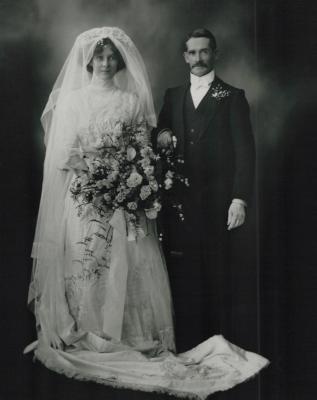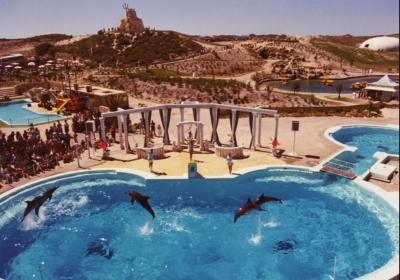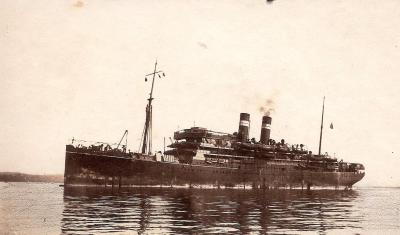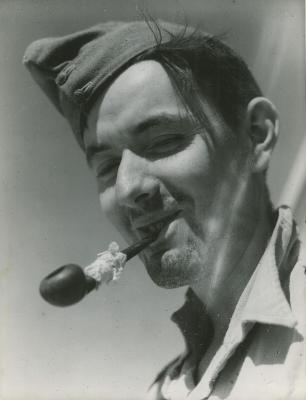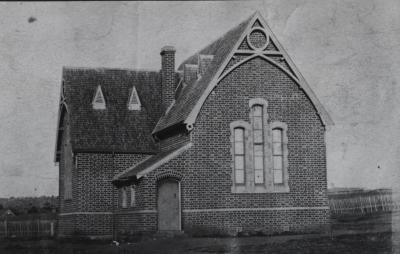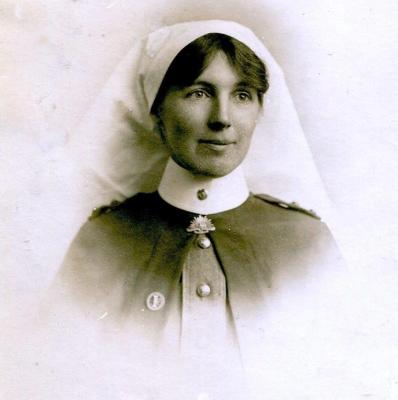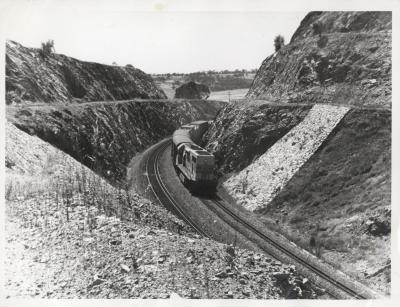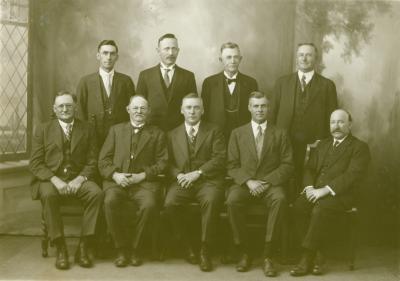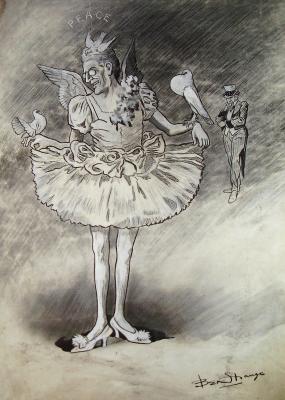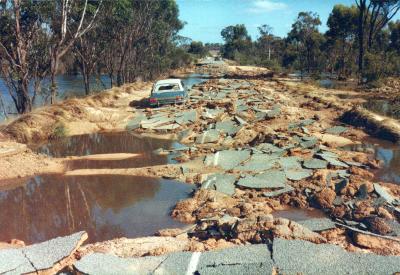Featured Subcollections
Jim and Lillian married on 14 September 1910 and lived at 58 Coolgardie Street in Subiaco. They sent postcards to each other for birthdays, anniversaries, and occasions like Easter and Christmas.
The collection includes 128 postcards. Almost every postcard includes original poetry, such as:
“It’s the same of tale but it’s always new;
I’ve kept the same in my love for you;
I say this every year that goes;
There’s no difference at all that anyone knows;
And so I’m… Read more »
Atlantis Marine park was a popular tourist attraction at Two Rocks during the 1980's and is remembered by so many people. Wanneroo Regional Museum's Community History Centre held a community event entitled 'Atlantis Arises Memory Sharing Day' in April 2013 and this collection highlights material donated by the community.
From assembly of the First Convoy in King George Sound in October 1914 until the final repatriations in August 1919, Australia chartered and requisitioned a wide variety of steamships for use as military transports on World War 1. Most were assigned a numerical code and were known as HMAT and their launch name. This sub-collection records many of these vessels who carried Australian volunteers to the war fronts in Europe, South West Asia and the German colonial possessions in the Pacific.… Read more »
Edwin Charles Garbett was born in Melbourne, Victoria on 15 March 1889. He came to Western Australia by cattle ship in 1897 and moved around the southwest and attended many different schools before settling in Midland in 1904. He attended Chidlow Wells School and in 1907 he won a Midland Junction Technical Education scholarship in mechanical drawing, forming part of his apprenticeship in diesel engineering with the WA Government Railways Workshop in Midland.
After Edwin completed his… Read more »
In addition to studio portraits, the Australian Army Museum of WA collection contains many informal snapshots of individuals or small groups. These spontaneous images illustrate a wide variety of service life, conditions and locations. Unlike many of the large format formal studio portraits, these images have remained largely undiscovered in personal albums. They can often provide a less romantic and more realistic insight into the realities of service life. The condition of the images… Read more »
Photographs of Toodyay's buildings (both interior & exterior views) and streetscape / landscape photographs where buildings are featured.
Objects associated with Toodyay's buildings including fixtures & fittings, and building components.
Documents associated with buildings, including proposals for renovations or upgrades.
Also structures used for shelter and remnants of buildings and other structures made for a specific purpose, such as a concrete spillway or a stone-wall… Read more »
The Army Museum has an extensive collection of formal photographic portraits of servicemen and women mainly from World War 1 dating from 1914 to 1919. Many were taken in local photographic studios prior to departure overseas. Some images were captured in studios at training camps (like Blackboy Hill), in theatre (London, Cairo, Paris) or near the front as those recently rediscovered in the Thuillier Collection.
Many portraits remain in their original frames, being treasured… Read more »
The Army Museum has an extensive collection of formal photographic portraits of servicemen and women mainly from World War 1 dating from 1914 to 1919. Many were taken in local photographic studios prior to departure overseas. Some images were captured in studios at training camps (like Blackboy Hill), in theatre (London, Cairo, Paris) or near the front as those recently rediscovered in the Thuillier Collection (https://www.awm.gov.au/visit/exhibitions/remember-me). Unfortunately as these… Read more »
World War 1 photographers fell into two main categories: amateur and official. Reflecting the astonishing naivety about the war and presumably its anticipated brevity, Australian soldiers were each given a Vest Pocket Kodak on the voyage to Egypt to document their exploits. The cameras were quickly confiscated when the adventure spiralled into a bloodbath.
Australia accredited only three official war photographers: Herbert Baldwin in 1916, a British photographer, who lasted barely six… Read more »
Items, documents & photographs associated with Toodyay railway history.
(Photo caption: Windmill Hill Cutting, Toodyay, 1960s)
The Summerhayes Collection represents the work of three generations of the Summerhayes family - Edwin (1868-1944), Reginald (1897-1965) and Geoffrey (1928-2010) - whose combined practice of architecture in Western Australia extended through the 20th century. Curtin University Library holds approximately 500 drawings and more than 1,500 photographs relating to the design work of the Summerhayes architects. We are adding a selection of these to Collections WA, with records for all items… Read more »
In 2021 Western Australia celebrated the 150th anniversary of the establishment of local government.
Toodyay is one of only 13 local government entities in the state that retains its original name, even though its boundaries are now significantly smaller than they were in 1871.
This collection displays items, documents & photographs associated with the activities of local government in Toodyay. Included are records of people and events.
(Photo caption: Toodyay… Read more »
Ben Strange was Western Australia's most popular political cartoonist between 1900 and 1930. His cartoons, which appeared in the Western Mail, covered everything from local issues and politics through to international events including the First World War. This is a collection of both printed cartoons and original drawings by Ben Strange and provide an insight into what issues and stories were of interest and importance to the Western Australian community in the early 1900s. His most famous… Read more »
An Australian Bicentennial project funded by the WA State Government and the Shire of Cranbrook. Official opening of this photographic display at the Cranbrook Memorial Hall took place on Sunday 2nd October 1988.
Many of the photos depicted in this collection feature in the book "Frankland to the Stirlings" A History of the Cranbrook Shire by Maxine Laurie published in 1994.
Forward by Ev. Devine 11th July 1994
A sense of history is an essential part of any district and to… Read more »
Pictorial history of the floods that inundated a large portion of the Shire of Cranbrook in January 1982.
This collection endeavours to trace the path of the floodwaters along the Gordon River and its tributaries and depict the extent of damage and subsequent repairs. A secondary illustration within the album is the contrasting of extreme adverse weather conditions that can prevail over an area within a short space of time.
January 1982 is notable in that five tropical cyclones… Read more »
